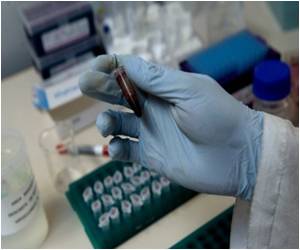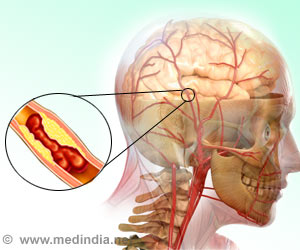
In the King's study, the skin of anaesthetized mice was exposed to cold by immersing a paw in water. Blood flow was measured before and after exposure to the cold. Researchers found that TRPA1 gene acted in two distinct ways - first by sensing the change in temperature, and then by stimulating the protective constriction of blood vessels. The subsequent vasodilatation phase was also dependent on TRPA1 gene activation and was crucial for restoring blood flow to the skin.
Susan Brain, Professor of Pharmacology in the Cardiovascular Division at King's College London, said, “In response to cold weather the body seeks first and foremost to keep the core warm, which means retaining blood close to the centre and constricting blood supply to the skin. Our findings highlight the crucial role TRPA1 plays in this physiological response and could pave the way to learn of new pathways that limit the adverse effects of exposure to cold, and potentially the whole body cooling process associated with hypothermia. Future research must also investigate the relationship between the vascular responses to cold exposure and the maintenance of skin and body temperatures.”
Professor Peter Weissberg, Medical Director at the British Heart Foundation, which part-funded the research, said, “This study helps us to understand how and why our blood vessels contract and expand, and could help scientists develop treatments for many conditions where blood vessel or 'vascular' health is important, from Raynaud's to heart failure.”
The study is published in ‘Nature Communications’.
Source-Medindia












